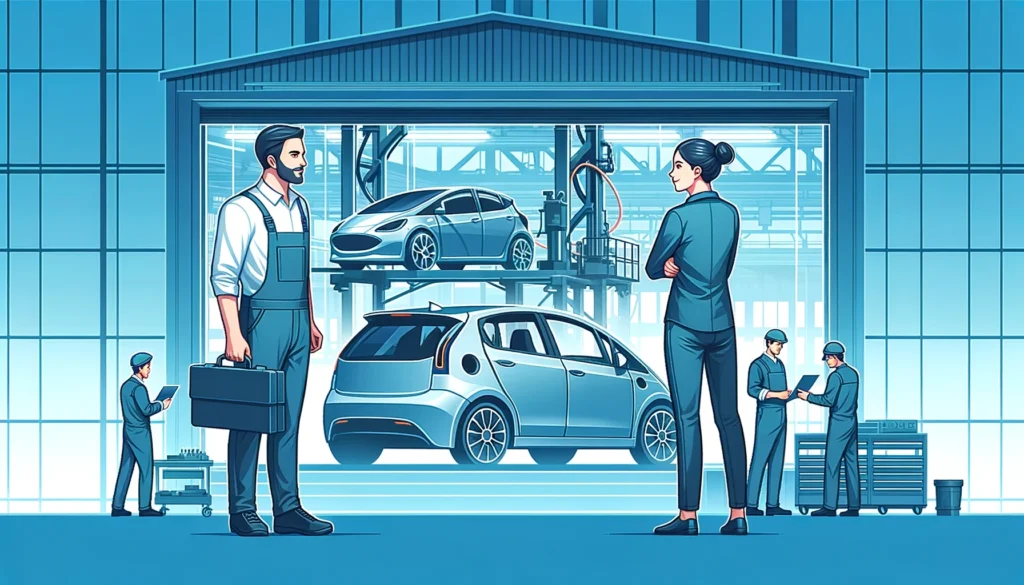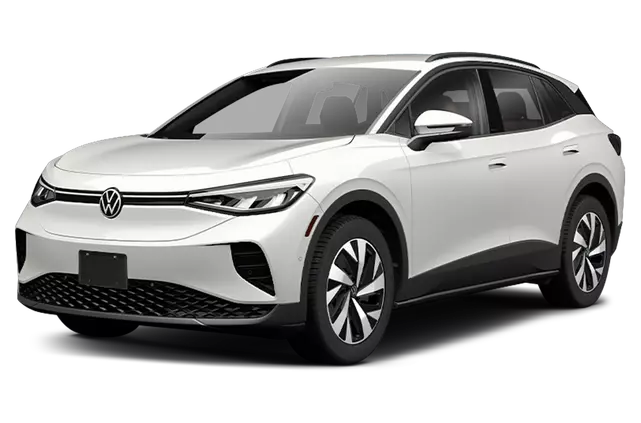The recent strike between the United Auto Workers union and major automakers, General Motors Co., Ford Motor Co., and Stellantis, has not only impacted the automotive industry but also sheds light on the significant shift towards electric vehicles (EVs). As automakers face regulatory pressure to ramp up EV production, the strike brings attention to the challenges and changes that come with this industry shift.
The strike began on September 14 when the UAW walked off the job at several vehicle assembly plants at GM, Ford, and Stellantis. The union later added strikes at parts-distribution facilities at GM and Stellantis, expanding its reach and impacting repair services for vehicles made by these companies. The strike continues to have a profound effect on the U.S. auto industry, particularly in relation to the production of EVs.
One of the key factors contributing to the impact on EV production is that manufacturing EVs requires fewer workers compared to traditional cars and trucks. EVs have fewer moving parts than internal combustion engine (ICE) vehicles, leading to reduced labor requirements. This shift towards EVs concerns the UAW, as it raises questions about job security and representation for workers in the new EV-focused plants.
Currently, automakers maintain plants that produce ICE engines and transmissions alongside vehicle assembly plants. However, as they develop new battery plants for their planned EVs through partnerships with Asian companies, the UAW aims to ensure that the union represents workers in these factories. This transition to EVs brings significant changes to the industry, not only in terms of production but also in terms of labor relations and worker representation.
While the strike highlights automakers’ challenges in pursuing EV dominance, it is not the only hurdle they face. General Motors, Ford, and Stellantis are already lagging behind Tesla, which sold 243,800 units and generated $40.6 billion in revenue last year, according to Statista. The EV market is rapidly growing, with a projected annual growth rate of more than 10%. To compete effectively in this dynamic market, automakers must overcome various obstacles.
Apart from the strike, automakers also face economic challenges that hinder their growth in the EV market. High interest rates, inflation, and consumer uncertainty have impacted the decision-making process when adopting EVs. Consumers are adopting a wait-and-see approach, carefully evaluating their options before committing to EV purchases. The economic climate and the strike have created a challenging environment for automakers trying to establish themselves in the EV market.
However, the future of EVs in the U.S. holds promise. The Biden administration has committed $7.5 billion to build public charging stations across the country, addressing one of the main concerns for potential EV buyers – reliable and accessible charging infrastructure.
This initiative should help alleviate worries about charging EVs, particularly on longer trips. Additionally, the market has seen an influx of new players, expected to drive consumer demand and push prices down. While these developments are yet to materialize fully, they offer hope for the growth and adoption of EVs in the U.S.


